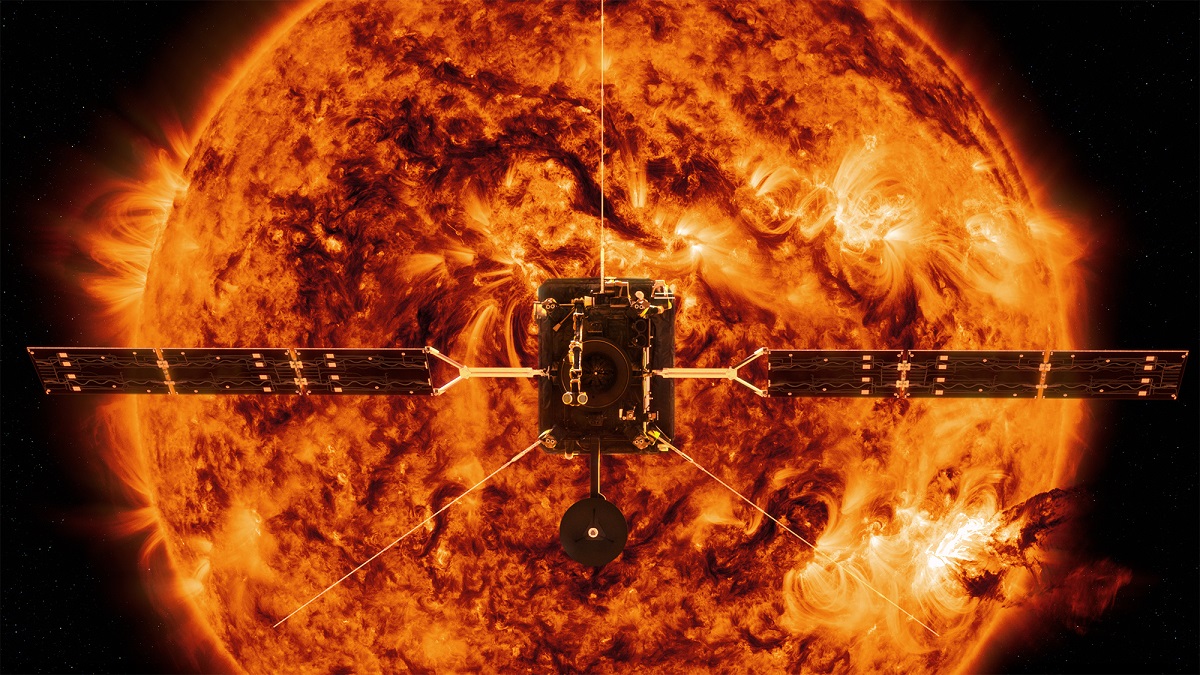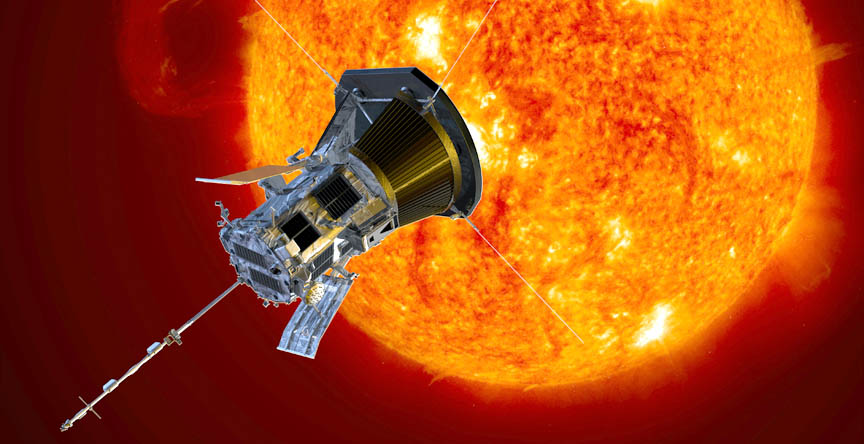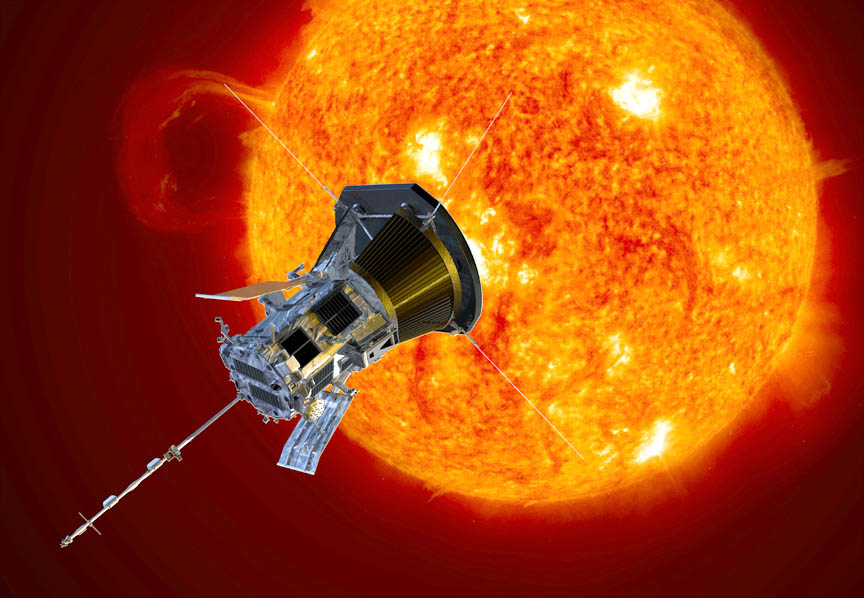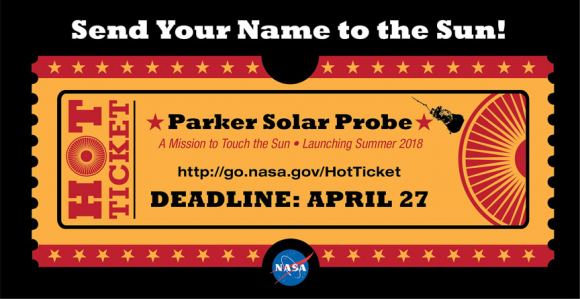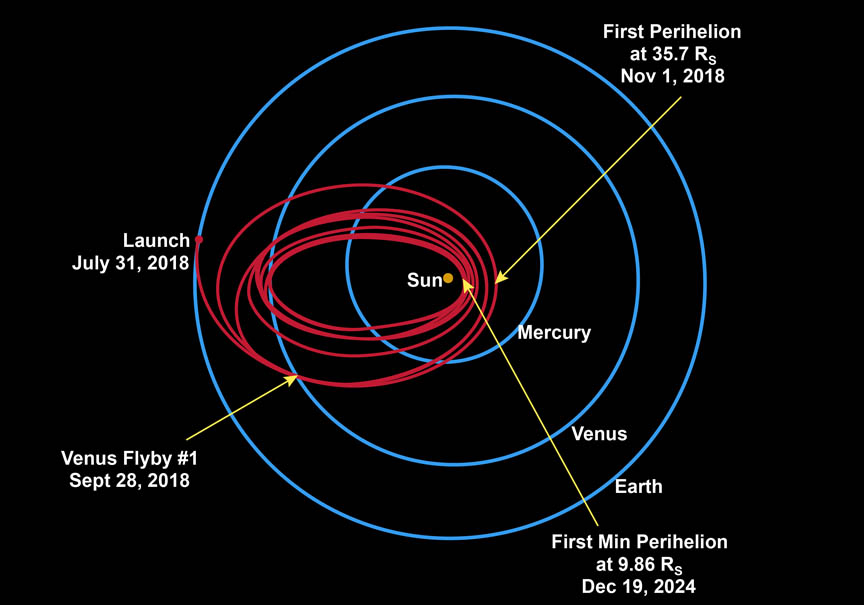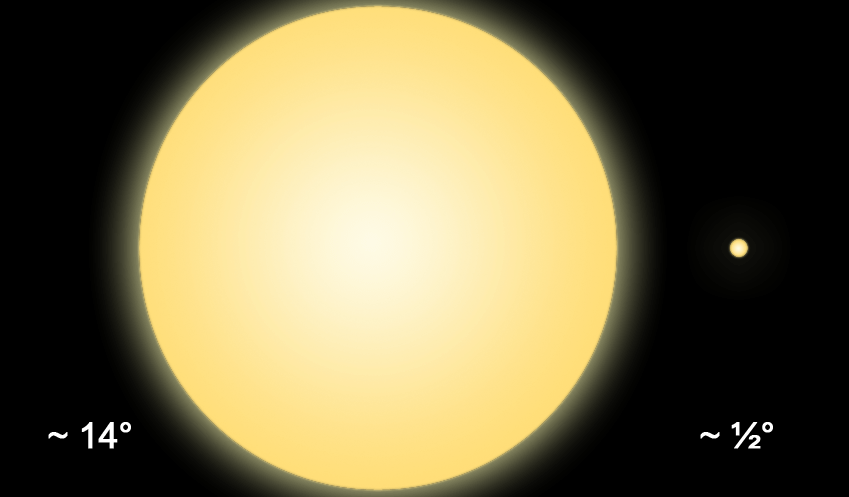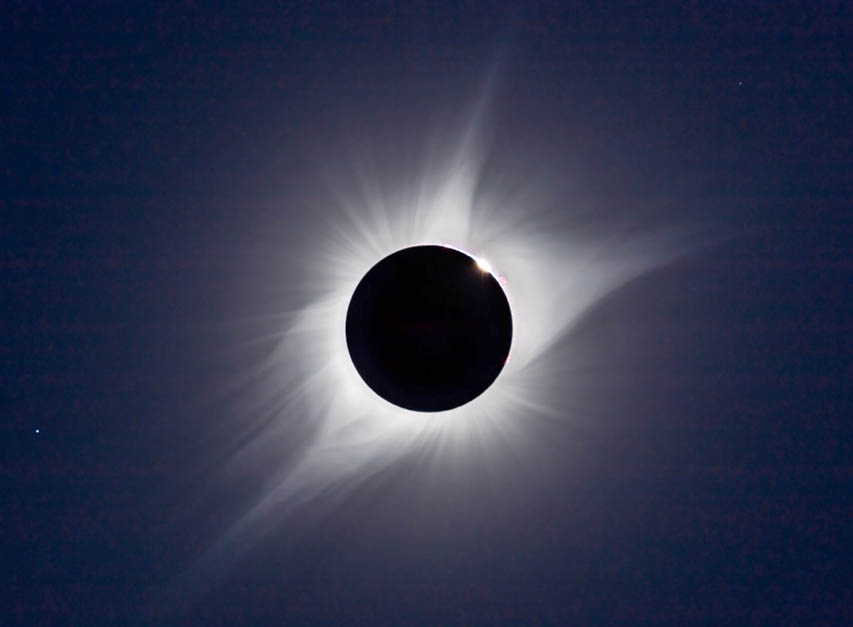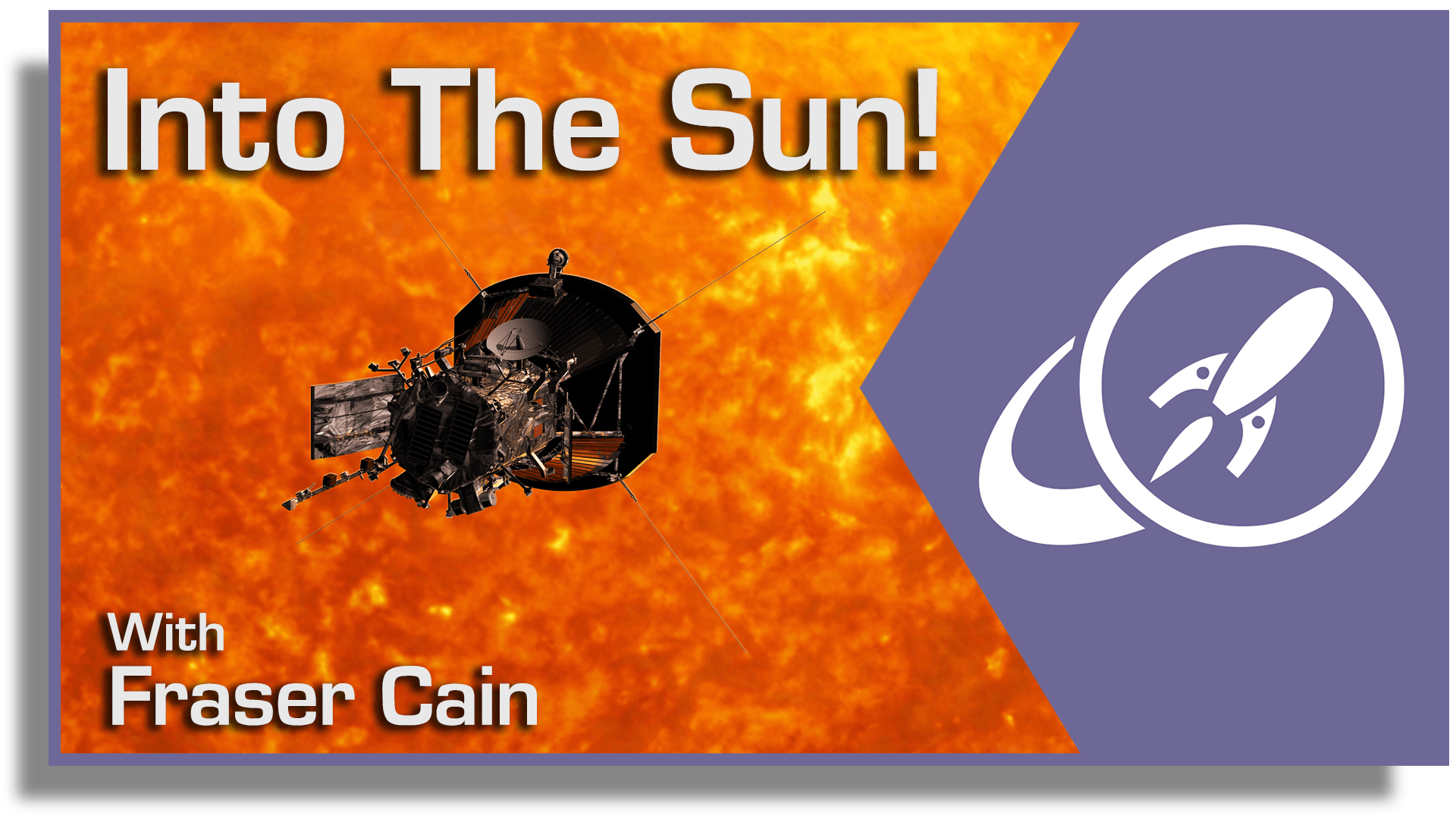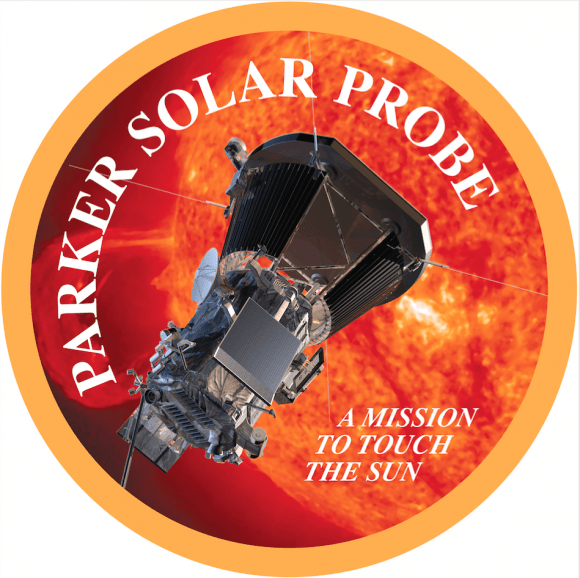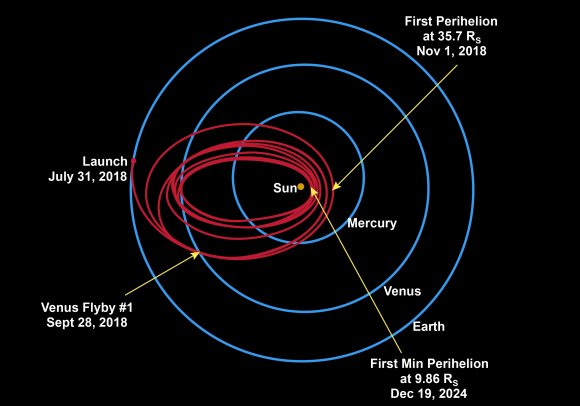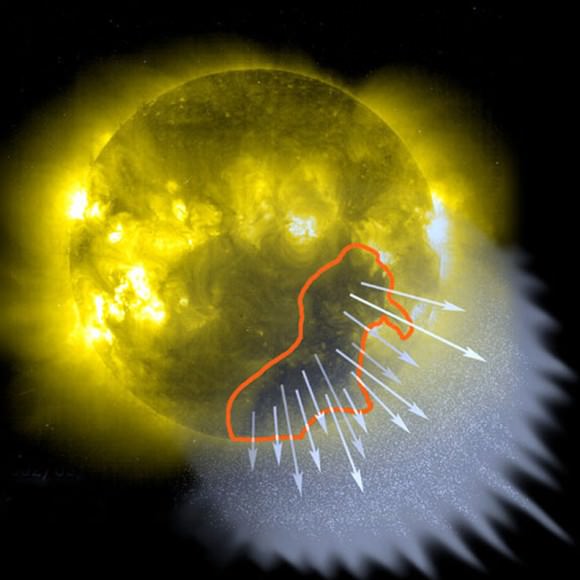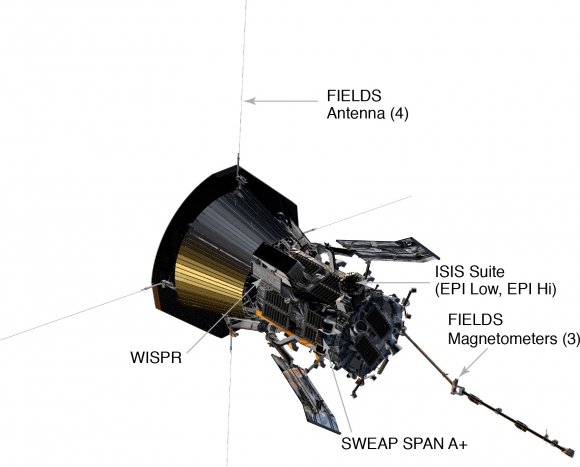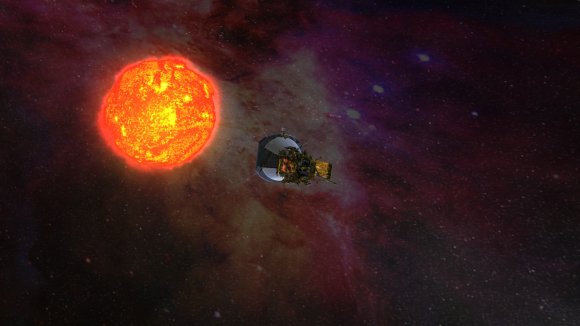Our understanding of distant stars has increased dramatically in recent decades. Thanks to improved instruments, scientists are able to see farther and clearer, thus learning more about star systems and the planets that orbit them (aka. extra-solar planets). Unfortunately, it will be some time before we develop the necessary technology to explore these stars up close.
But in the meantime, NASA and the ESA are developing missions that will allow us to explore our own Sun like never before. These missions, NASA’s Parker Solar Probe and the ESA’s (the European Space Agency) Solar Orbiter, will explore closer to the Sun than any previous mission. In so doing, it is hoped that they will resolve decades-old questions about the inner workings of the Sun.
These missions – which will launch in 2018 and 2020, respectively – will also have significant implications for life here on Earth. Not only is sunlight essential to life as we know it, solar flares can pose a major hazard for technology that humanity is becoming increasingly dependent on. This includes radio communications, satellites, power grids and human spaceflight.
And in the coming decades, Low-Earth Orbit (LEO) is expected to become increasingly crowded as commercial space stations and even space tourism become a reality. By improving our understanding of the processes that drive solar flares, we will therefore be able to better predict when they will occur and how they will impact Earth, spacecraft, and infrastructure in LEO.
As Chris St. Cyr, the Solar Orbiter project scientist at NASA’s Goddard Space Flight Center, explained in a recent NASA press release:
“Our goal is to understand how the Sun works and how it affects the space environment to the point of predictability. This is really a curiosity-driven science.”
Both missions will focus on the Sun’s dynamic outer atmosphere, otherwise known as the corona. At present, much of the behavior of this layer of the Sun is unpredictable and not well understood. For instance, there’s the so-called “coronal heating problem”, where the corona of the Sun is so much hotter than the solar surface. Then there is the question of what drives the constant outpouring of solar material (aka. solar wind) to such high speeds.
As Eric Christian, a research scientist on the Parker Solar Probe mission at NASA Goddard, explained:
“Parker Solar Probe and Solar Orbiter employ different sorts of technology, but — as missions — they’ll be complementary. They’ll be taking pictures of the Sun’s corona at the same time, and they’ll be seeing some of the same structures — what’s happening at the poles of the Sun and what those same structures look like at the equator.”

For its mission, the Parker Solar Probe will get closer to the Sun than any spacecraft in history – as close as 6 million km (3.8 million mi) from the surface. This will replace the previous record of 43.432 million km (~27 million mi), which was established by the Helios B probe in 1976. From this position, the Parker Solar Probe will use its four suites of scientific instruments to image the solar wind and study the Sun’s magnetic fields, plasma and energetic particles.
In so doing, the probe will help clarify the true anatomy of the Sun’s outer atmosphere, which will help us to understand why the corona is hotter than the Sun’s surface. Basically, while temperatures in the corona can reach as high as a few million degrees, the solar surface (aka. photosphere), experiences temperatures of around 5538 °C (10,000 °F).
Meanwhile, the Solar Orbiter will come to a distance of about 42 million km (26 million mi) from the Sun, and will assume a highly-tilted orbit that can provide the first-ever direct images of the Sun’s poles. This is another area of the Sun that scientists don’t yet understand very well, and the study of it could provide valuable clues as to what drives the Sun’s constant activity and eruptions.
Both missions will also study solar wind, which is the Sun’s most pervasive influence on the solar system. This steam of magnetized gas fills the inner Solar System, interacting with magnetic fields, atmospheres and even the surfaces of planets. Here on Earth, it is what is responsible for the Aurora Borealis and Australis, and can also play havoc with satellites and electrical systems at times.
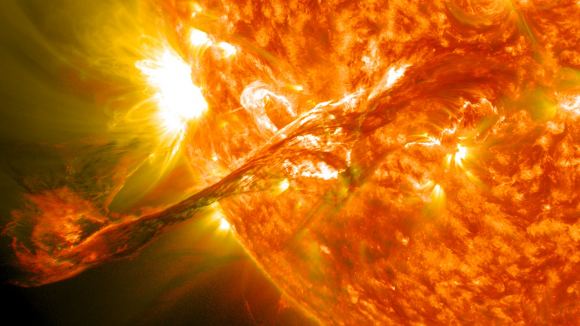
Previous missions have led scientists to believe that the corona contributes to the process that accelerates solar wind to such high speeds. As these charged particles leave the Sun and pass through the corona, their speed effectively triples. By the time the solar wind reaches the spacecraft responsible for measuring it – 148 million km (92 million mi) from the Sun – it has plenty of time to mix with other particles from space and lose some of its defining features.
By being parked so close to the Sun, the Parker Solar Probe will able to measure the solar wind just as it forms and leaves the corona, thus providing the most accurate measurements of solar wind ever recorded. From its perspective above the Sun’s poles, the Solar Orbiter will complement the Parker Solar Probe’s study of the solar wind by seeing how the structure and behavior of solar wind varies at different latitudes.
This unique orbit will also allow the Solar Orbiter to study the Sun’s magnetic fields, since some of the Sun’s most interesting magnetic activity is concentrated at the poles. This magnetic field is far-reaching largely because of solar wind, which reaches outwards to create a magnetic bubble known as the heliosphere. Within the heliosphere, solar wind has a profound effect on planetary atmospheres and its presence protects the inner planets from galactic radiation.
In spite of this, it is still not entirely clear how the Sun’s magnetic field is generated or structured deep inside the Sun. But given its position, the Solar Orbiter will be able to study phenomena that could lead to a better understanding of how the Sun’s magnetic field is generated. These include solar flares and coronal mass ejections, which are due to variability caused by the magnetic fields around the poles.
In this way, the Parker Solar Probe and Solar Orbiter are complimentary missions, studying the Sun from different vantage points to help refine our knowledge of the Sun and heliosphere. In the process, they will provide valuable data that could help scientists to tackle long-standing questions about our Sun. This could help expand our knowledge of other star systems and perhaps even answer questions about the origins of life.
As Adam Szabo, a mission scientist for Parker Solar Probe at NASA Goddard, explained:
“There are questions that have been bugging us for a long time. We are trying to decipher what happens near the Sun, and the obvious solution is to just go there. We cannot wait — not just me, but the whole community.”
In time, and with the development of the necessary advanced materials, we might even be able to send probes into the Sun. But until that time, these missions represent the most ambitious and daring efforts to study the Sun to date. As with many other bold initiatives to study our Solar System, their arrival cannot come soon enough!
Further Reading: NASA

